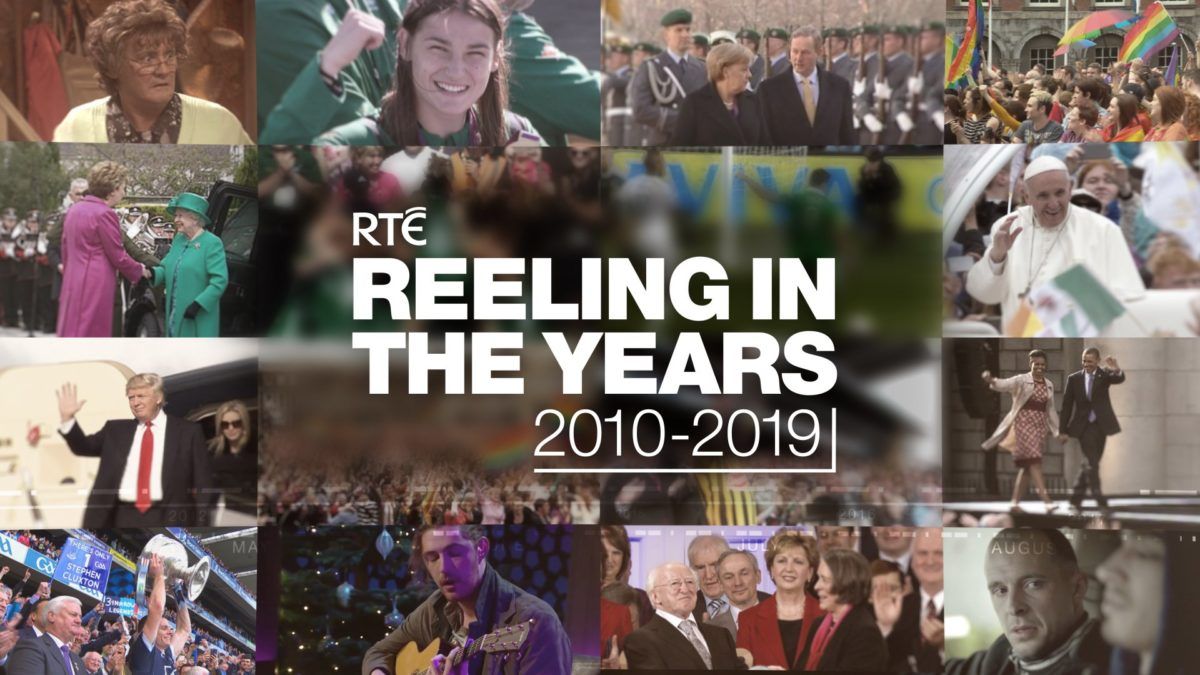THE past ten years have given us two overriding messages on this island: 1. Britain will always act selfishly and in its own island’s strategic interest with Ireland, North and South, an afterthought, if a thought at all. 2. Even when partitionists look South and ignore this part of their country, the North is part of Ireland’s collective future.
If you want to glimpse the differences between the islands, look at the obsession on some English television stations with the 1970s. Full programmes about Angel Delight, Action Man, the Winter of Discontent and the rise of Margaret Thatcher. Nowhere is Ireland mentioned. In that time the political landscape on this island changed forever, thousands were in political imprisonment, thousands more on the streets, civilians and military actors being maimed and killed – including British soldiers. On British programmes it never gets a mention. Not even the bombing campaigns in their own country. They have forgotten and couldn't care less.
RTÉ’s Reeling in the Years – a programme equally heavy on nostalgia and recollection – will, however, always refer to the events in the North and the political and societal responses to them. Even from RTÉ, a bastion of partitionism with an archive reliant on Section 31-censored newsreels, there is still a clear all-island historical framing. Our island is connected and shared, irrespective of any policies or preferences. And from those programmes it is clear that the Irish people and governments have always cared, even if we take issue with how, and what that care looked like.
If we were planning Reeling in the Years for 2024, or the first half of 2025, the entire island will again feature, but with different imagery, and far less pain.
We will see the Oireachtas engaged with all-island voting rights and planning for at least one referendum. It will include the moves of Irish citizenry to plan for unity, whether with Ireland’s Future in the SSE Arena or a Taoiseach only days after stepping down urging the Irish government to make unity an objective. It will include a former Irish President working with the National Women’s Council to create principles for participation by women from all communities, on both sides of the border, in planning for unity. It will see the Irish government investing billions in sharing this island academically, socially, economically, environmentally and structurally. It will also see the Irish government challenging the British government and their Legacy Act in the European Court of Human Rights. It will see the clear trajectory of a modern, confident nation on the path to unity.
Of course, many of us in the middle of making history in the here and now will feel frustrated by the pace. We will legitimately worry that we are not planning expeditiously in a comprehensive way for the vote that is coming. But that is because we care. All of us. Informing policy development to include scoping for the future, and building trusting and robust relationships for the challenge ahead, is part of our shared obligation. For the sure and certain day is coming when we will vote for unity on this island. The only question is what kind of Ireland will we vote for?
From all of the conversations to date the answer to that is: one with a better future than its past.








